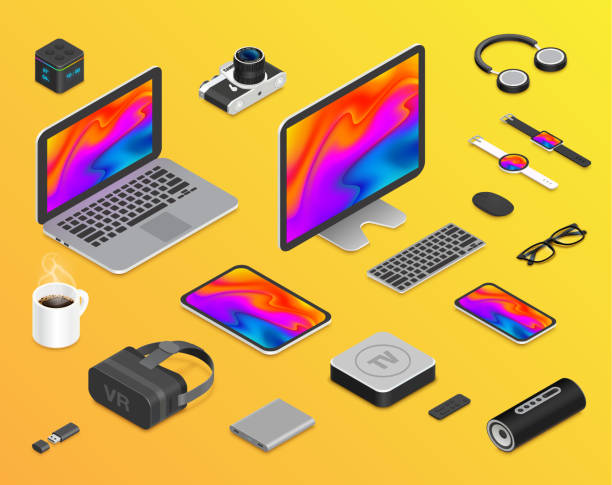In today’s hyper-connected world, smartphones have become an extension of ourselves. Whether for streaming videos, playing games, sharing photos, or attending virtual meetings, we often want to view our mobile content on larger screens like TVs or monitors. That’s where guides like https://infomania.space/conectar-el-telefono/211/2022 come in handy. This comprehensive resource explores how to connect your phone to your television with various techniques—wired or wireless. In this ultimate guide, we’ll take you through everything you need to know about linking your phone to a TV, expand on what the original article offers, and help you make the most of your viewing experience.
Why Connect Your Phone to a TV?
Before diving into the methods, it’s essential to understand why this connection is so useful. Here are a few everyday use cases:
- Streaming content: Watch YouTube, Netflix, or any media app on a bigger screen.
- Gaming: Enjoy mobile games with a more immersive display.
- Presentations: Show PowerPoint slides or documents during meetings.
- Family Sharing: Display vacation photos or videos for the whole room.
Whether you’re a tech enthusiast or a casual user, connecting your phone to a TV opens up endless entertainment and productivity possibilities.
Method 1: Wired Connection (Using HDMI Cable)
One of the simplest and most stable ways to connect your phone to your TV is through a wired HDMI connection. This method is ideal if you want lag-free, high-quality audio and video.
What You Need:
- A smartphone with a USB-C or Lightning port
- A compatible HDMI adapter (e.g., USB-C to HDMI for Android or Lightning to HDMI for iPhones)
- An HDMI cable
- A TV with an available HDMI input
Steps:
- Connect the HDMI adapter to your phone.
- Plug the HDMI cable into the adapter and the TV.
- Switch the TV input/source to the correct HDMI port.
- Your phone screen should now be mirrored on the TV.
Pros:
- Reliable signal
- No internet connection needed
- Low latency (great for gaming and streaming)
Cons:
- Requires cables and adapters
- Limits mobility (your phone must remain connected)
Method 2: Wireless Connection via Chromecast
Google Chromecast is a popular wireless device that plugs into your TV’s HDMI port and allows you to “cast” content from your phone over Wi-Fi.
What You Need:
- Chromecast device
- Google Home app installed on your phone
- Wi-Fi connection
Steps:
- Set up Chromecast on your TV and connect it to the same Wi-Fi network as your phone.
- Open the Google Home app and select “Cast Screen.”
- Choose your Chromecast device to start mirroring.
Alternatively, some apps like YouTube or Netflix have a cast button that allows direct casting without mirroring your entire screen.
Pros:
- Wireless and hassle-free
- Great for streaming apps
- Affordable and easy to set up
Cons:
- Depends on strong Wi-Fi
- Not all apps are supported
Method 3: Using Miracast or Wireless Display
Miracast is another wireless display technology, commonly built into Android phones and smart TVs.
What You Need:
- A Miracast-compatible Android device
- A Miracast-compatible TV or dongle
Steps:
- On your phone, go to Settings > Display > Cast or Screen Mirroring.
- Select your TV from the list of available devices.
- Accept the connection on the TV, and your phone screen will appear.
Pros:
- No extra apps or hardware needed (if built-in)
- Works even without internet (peer-to-peer connection)
Cons:
- Limited support on newer devices
- May experience latency during fast-paced actions
Method 4: Apple AirPlay for iPhone Users
For those in the Apple ecosystem, AirPlay provides a seamless way to mirror your iPhone or iPad screen to an Apple TV or AirPlay-compatible smart TV.
What You Need:
- iPhone or iPad
- Apple TV or AirPlay 2-compatible TV
- Same Wi-Fi network
Steps:
- Open Control Center on your iPhone.
- Tap “Screen Mirroring.”
- Select your Apple TV or compatible display.
Pros:
- Easy to use
- High-quality audio and video
- Great for presentations and videos
Cons:
- Only works within the Apple ecosystem
- Apple TV or compatible smart TV required
Method 5: Screen Mirroring Apps
If you’re looking for an app-based solution, there are numerous third-party apps that can help you mirror your phone to a PC or smart TV.
Popular Apps:
- ApowerMirror – Compatible with Android, iOS, Windows, and Mac.
- LetsView – Free and offers screen recording.
- AirDroid Cast – Allows control of the phone from PC.
These apps are especially useful for remote access, screen recording, or educational settings.
Pros:
- Cross-platform support
- Additional features like screen recording and control
- Some offer free versions
Cons:
- May require installation on both devices
- Free versions may include ads or limitations
Troubleshooting Common Connection Issues
Despite the abundance of options, you may still encounter hiccups when trying to connect your phone to your TV. Here are a few common issues and how to resolve them:
- TV not detecting HDMI signal: Double-check cable and port compatibility. Try a different HDMI input.
- Wi-Fi lag or interruptions: Ensure both devices are on the same network. Restart router and try again.
- App doesn’t support casting: Some apps don’t have casting features. Use full-screen mirroring instead.
- Outdated software: Ensure your phone, app, or Chromecast firmware is up to date.
Final Thoughts
Connecting your phone to a TV no longer requires advanced tech skills or expensive gear. Whether you opt for a wired HDMI setup, go wireless with Chromecast, or explore screen-mirroring apps, there’s a solution for every device and budget.
The resource at https://infomania.space/conectar-el-telefono/211/2022 offers a good starting point, especially for Spanish-speaking users who need an overview of available connection methods. But as this ultimate guide shows, diving deeper into each method empowers you to make informed choices that suit your needs best—whether you’re binge-watching, gaming, teaching, or presenting.


